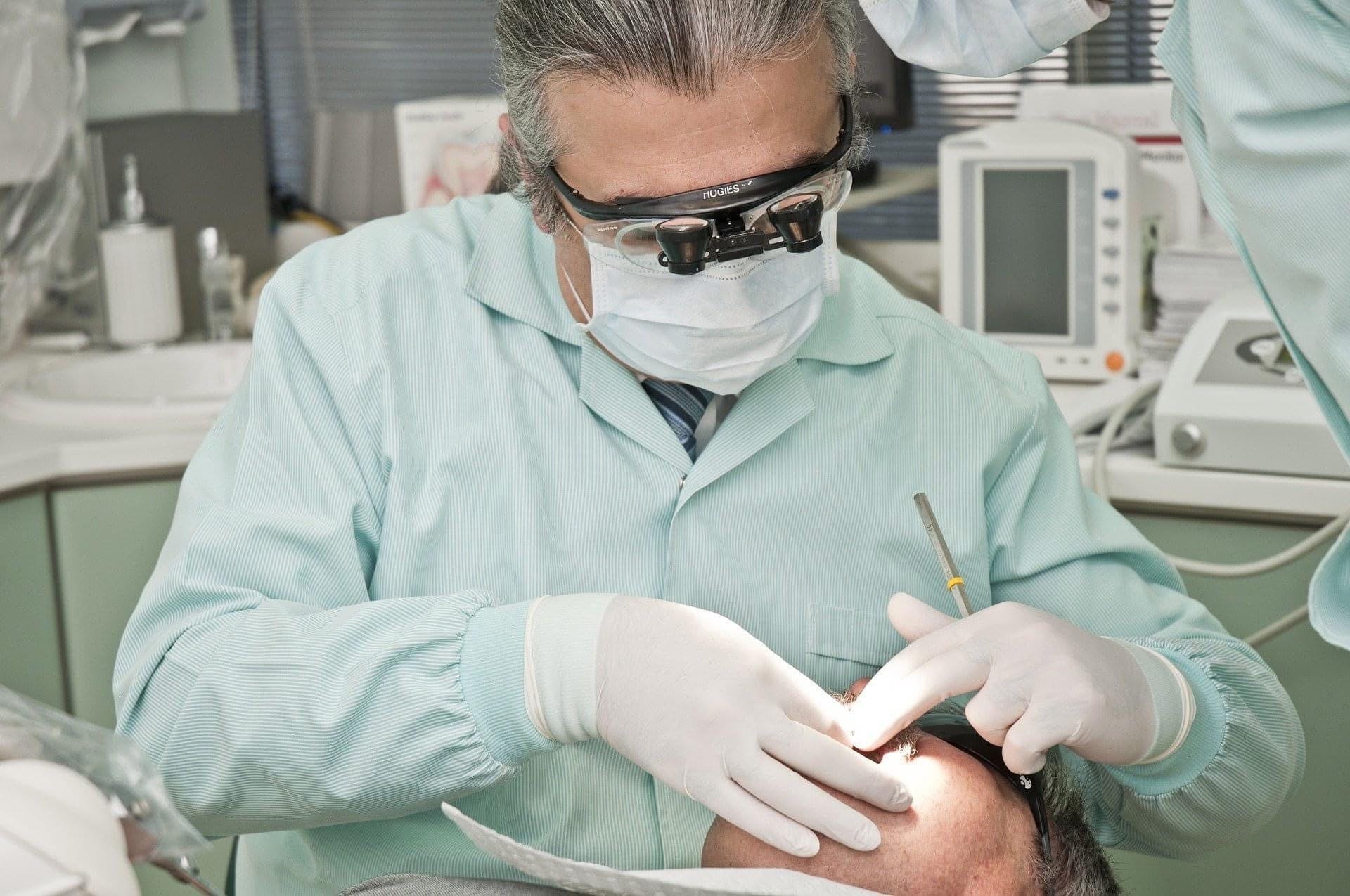This October, we saw an exciting victory for the Consumers for Dental Choice campaign against the use of dangerous and potentially toxic dental amalgam (silver fillings). Now, the Environmental Protection Agency (EPA) is proposing a new rule that will require all dental offices to use amalgam separators when performing procedures involving mercury-rich dental amalgam. In addition to acknowledging the inherent danger of dental amalgam, the EPA’s proposal also aims to reduce mercury pollution by requiring dental offices to more carefully capture, contain, and dispose of the hazardous metallic debris.
Amalgam Separators and Public Health
Dentists sometimes refer to dental amalgam fillings as mercury fillings because the metallic mixture is prepared with about 50-60% liquid mercury. This is a shock to many patients, as evidenced by a new Zogby poll that shows just 1 in 10 Americans understand the metallic content and dangerous side effects associated with dental amalgam (i).
Mercury is a known neurotoxin with many studies illustrating the toxic effect it has on living organisms. It has a severely toxic effect on everything it touches, from humans to animals and plant life. Not only does dental amalgam place the patient at risk, but it also affects the health of the dentist, his/her hygienist team, the office staff, and the surrounding community.
What are amalgam separators?
Amalgam separators function as a filter that separates amalgam waste from the office’s wastewater to ensure it does not make it into the local waterways (ii). Separators are vital when performing any procedure involving dental amalgam, especially silver filling removal and replacement.
Without these separators, metallic particles (like mercury) would enter public sewer systems and travel into nearby lakes, ponds, intercoastal areas, and other natural waterways. Once in the open environment, mercury continues to travel with the current, seeps into the soil, and poisons plant and animal life.
Will amalgam separators keep me safe?
Amalgam separators are designed to help dental offices properly dispose of mercury waste. The best way to stay safe is to avoid dental amalgam altogether. Ask your dentist about safe, bio-compatible alternatives like white composite fillings.
If you’ve had dental work performed with amalgam in the past and wish to have it removed, take time to find a dental office and professional with whom you feel comfortable. Dental amalgam removal exposes patient, dentist, assistants, and the community to the dangers of mercury. Choose an experienced dental office that takes every precaution necessary to ensure mercury vapor is controlled and properly disposed throughout the entire procedure.
Mercury Free Dentistry at Assure A Smile
At Assure A Smile, we believe patients have the right to know about every material that is used during each dental cleaning and procedure. Our team represents one of South Florida’s most informed and educated office, with comprehensive knowledge of holistic dentistry, nutrition, and much more.
We are a mercury free dental practice. We use only the safest materials that are known to be bio-compatible and non-toxic. It is our top priority to ensure each patient stays informed, healthy, and happy during every visit to the office— as well as the time between check-ups!
We have always used amalgam separators. When removing dental amalgam, we take every precaution necessary to promote patient safety, eco-friendly waste management, and public health. We have always used amalgam separators to control mercury debris, and we use additional safety equipment to maximize protection against mercury vapor, including rubber oral “dams,” proper ventilation/suction devices, and more.
For more information on mercury free dentistry or amalgam filling removal/replacement, contact us online or call our office directly at 305-274-0047. Readers may also visit the following page to learn more about mercury filling removal in Miami.
Sources:
(i) “Measurably Misleading.” View the PDF here.
(ii) http://www.ada.org/en/member-center/oral-health-topics/amalgam-separators





